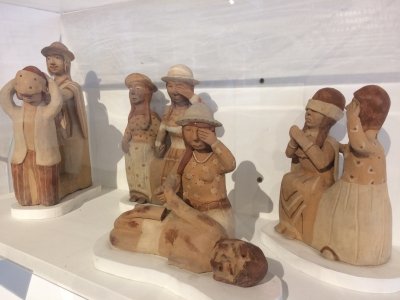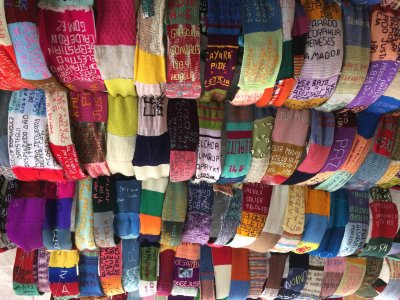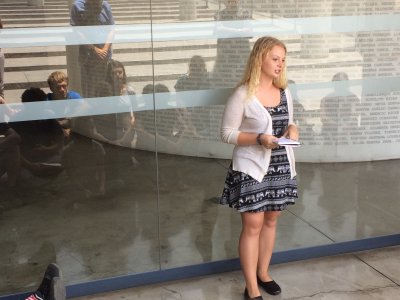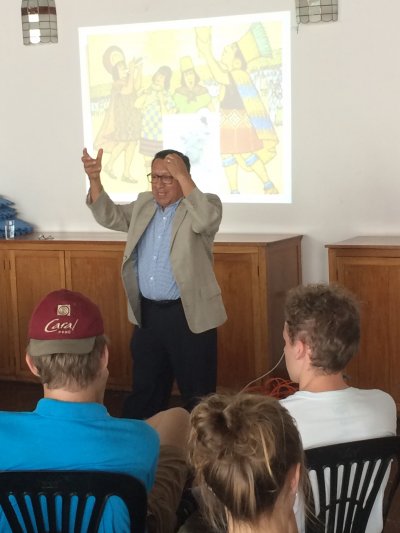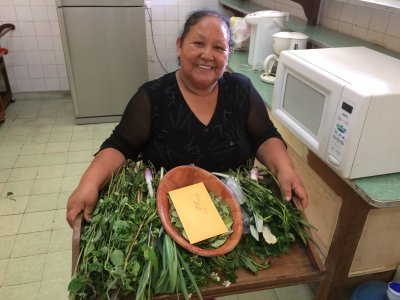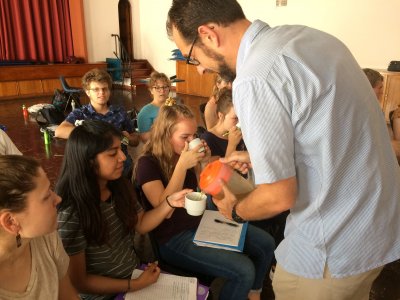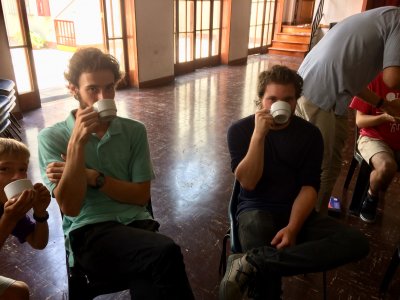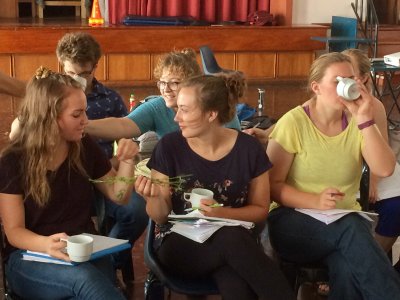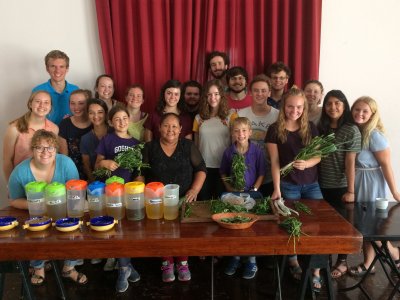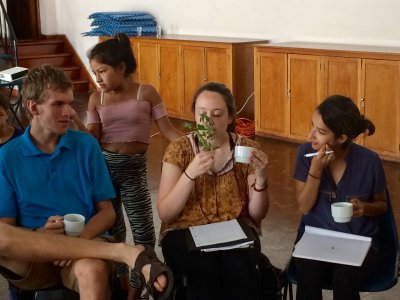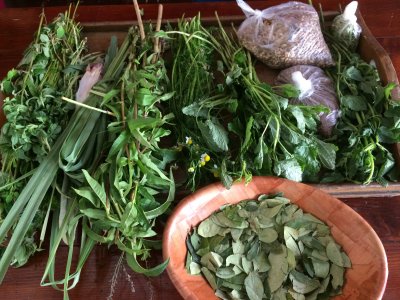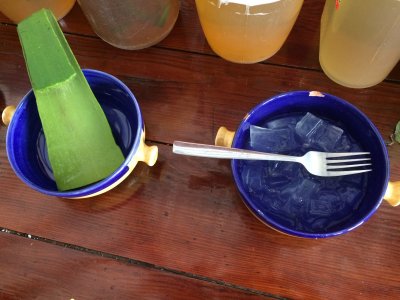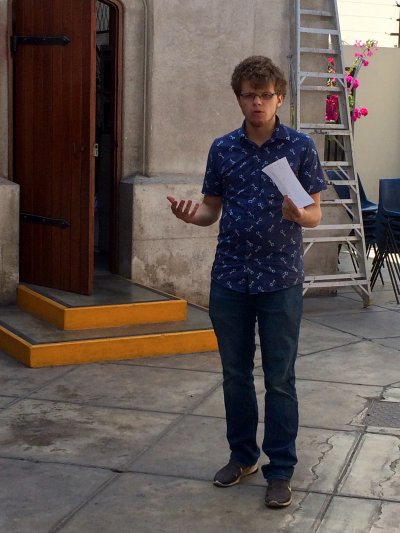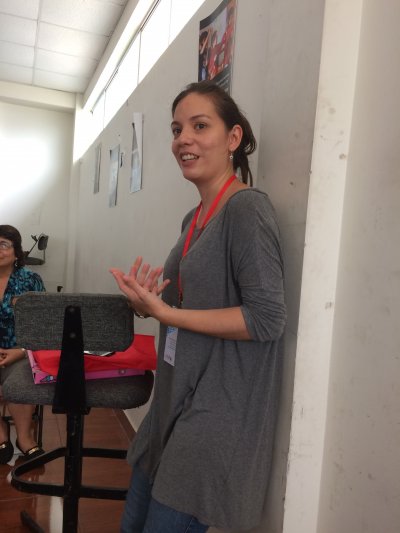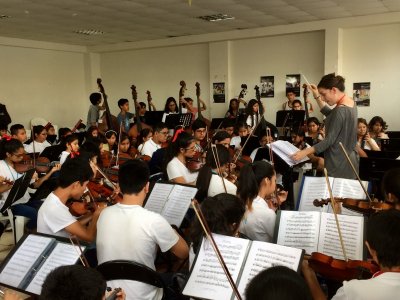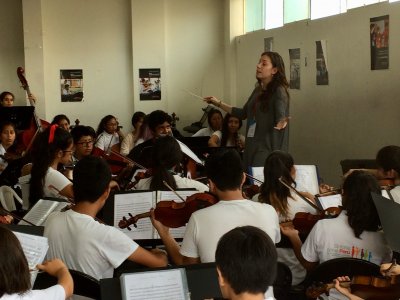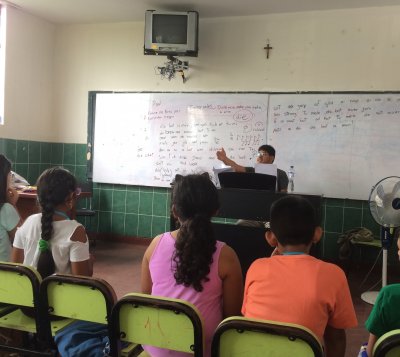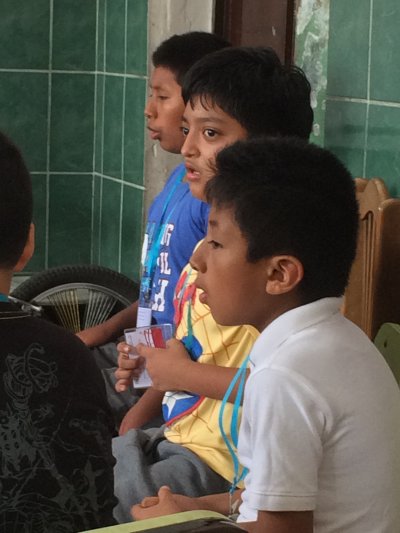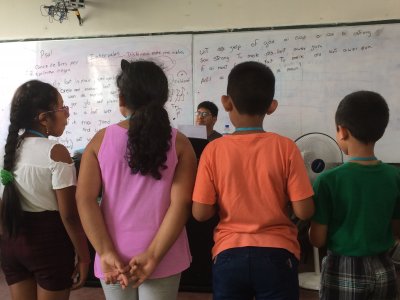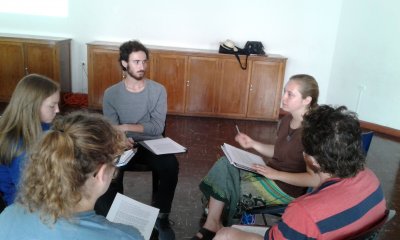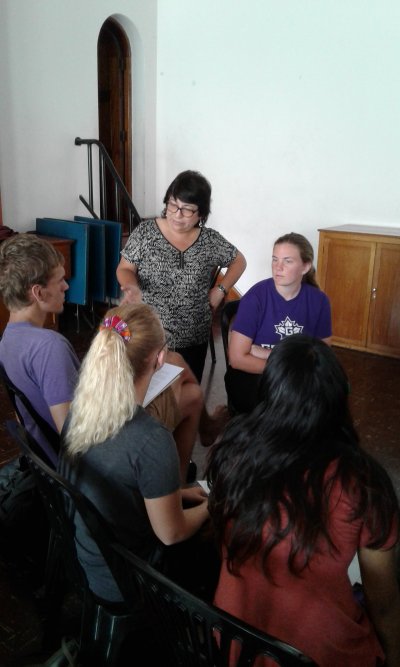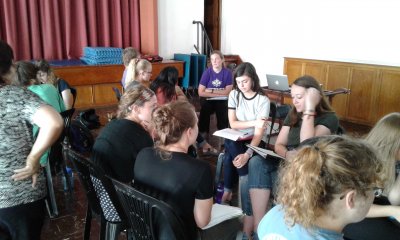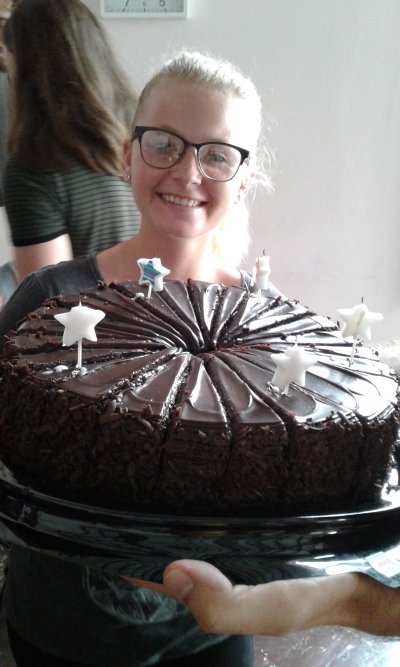Week Four: Facing Perú’s challenges (and a few of our own, too)
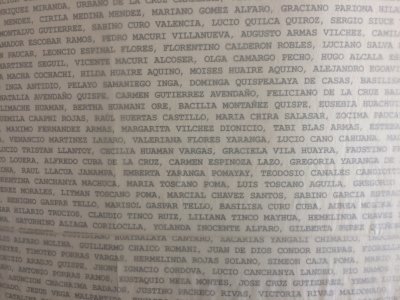
This was a tiring week for us, both physically and emotionally. A large portion of the group was struggling with intestinal problems over the weekend and were on restricted diets for most of the week as they recovered. Nevertheless, all put their best foot forward to meet some very challenging topics that were on the schedule this week, including healthcare for the poor, the educational system in Perú, and the history of violence and conflict.
We spent the first part of our week studying the Terror Times — the period of conflict between revolutionary groups and the state which took place in Perú from approximately 1980-2000. Felix Reátegui, a professor at Catholic University of Perú and member of the Institute for Democracy and Human Rights, talked to us about the origins of the conflict, and gave an overview of the main actors and pivotal events. He also explained how the citizens of Perú, especially those living in the Andean highlands and parts of the Amazon, were caught between these actors. Afterwards, we heard from Jerry Acosta, a local pastor, who shared a first-hand account of what it was like to try to stay alive between these fighting factions.
The following day, we visited Lugar de la Memoria, la Tolerancia y la Inclusión Social (Place of Memory, Tolerance and Social Inclusion), a museum dedicated to promoting understanding of the events that led to the conflict. It is also a memorial to those on all sides who lost their lives. Both the government-sponsored police and military forces, as well as the revolutionary groups, were responsible for committing atrocities against Peruvian citizens, and the museum offered explanations as well as photographs and objects which made these events very real for us.
On Thursday, we heard from Dr. Robert Tarazona on the topic of healthcare for the poor in Perú. Though the overall number of people living in poverty in Perú has declined over the last two decades, people living in rural areas are still much more likely to be living in extreme poverty as compared to urban areas, and this gap has not improved. The life expectancy of a person living in the most impoverished areas of Perú is 15 years lower than someone living in Lima.
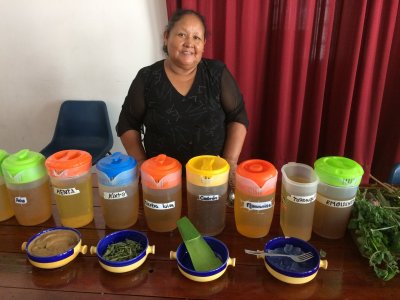
Later in the morning, we had a demonstration of traditional medicines by Alicia Taype, GC program assistant. Alicia prepared 10 medicinal teas for us to sample, as well as fresh aloe and machka, a paste made of toasted barley which she often ate for breakfast as a child. These preparations, which Alicia learned from her mother, are treatments and nutritional supplements commonly used in the Andes where there is often little access to medical care and no money to buy medicines, even if they are available.
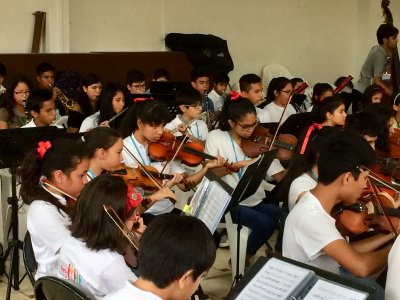
On Thursday afternoon, we visited one of the sites of Sinfonía por el Perú. Sinfonía por el Perú was started 7 years ago by world-famous Peruvian tenor, Juan Diego Flórez. After visiting the program El Sistema in Venezuela, Flórez was inspired to bring this program of music for social change to his home country. Its purpose is to provide free access to high-quality music instruction for children in at-risk communities. Children build self-esteem, creativity, and discipline while becoming part of a tight-knit music-making community. There are currently 7000 children participating in these programs in Perú, and they are hoping to extend their reach each year. There are currently 7 núcleos, or centers, in Lima, and 21 total in Perú. Each núcleo sets up its own programming, which can include choir, orchestra, jazz band, and folk instrument ensembles, as well as instrument-building. We had a chance to sit in on sectional rehearsals for orchestra and choir as well as hear each group perform a piece they are working on. Witnessing this music-making was an uplifting moment in an otherwise heavy week.
On Friday, Celia Vásquez gave a presentation about the education system in Perú. Students learned about the history of public education in Perú, as well as various aspects affecting educational outcomes, including poverty, geography, and local financial support from the private sector. They also looked at the differences between public and private education, and the lack of oversight in both public education and for-profit private schools.
This week, Tom Meyers, GC director of International Education, was here for an onsite program visit. Tom and his wife Julie were able to join us for several lectures and for our visit to Lugar de la Memoria. Tom also had a chance to spend some time talking with students about their experiences thus far in the Peru SST program.
And last but not least, students continued their language study in the afternoons. They ended the week with a fierce karaoke competition. Congratulations to Profesor Moises’s class for their winning rendition of “Eres Tú”!
